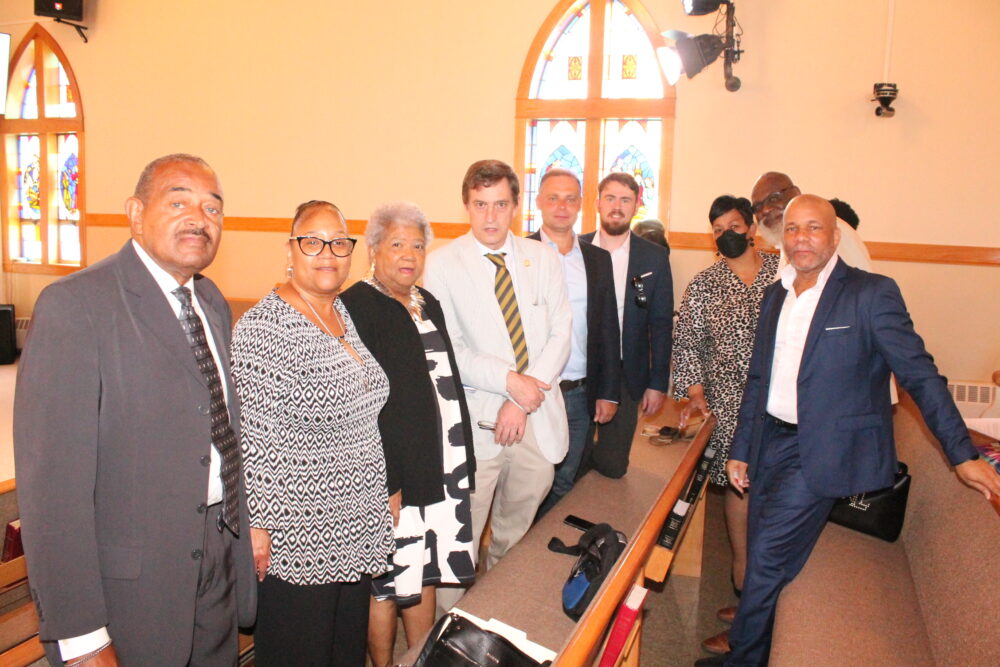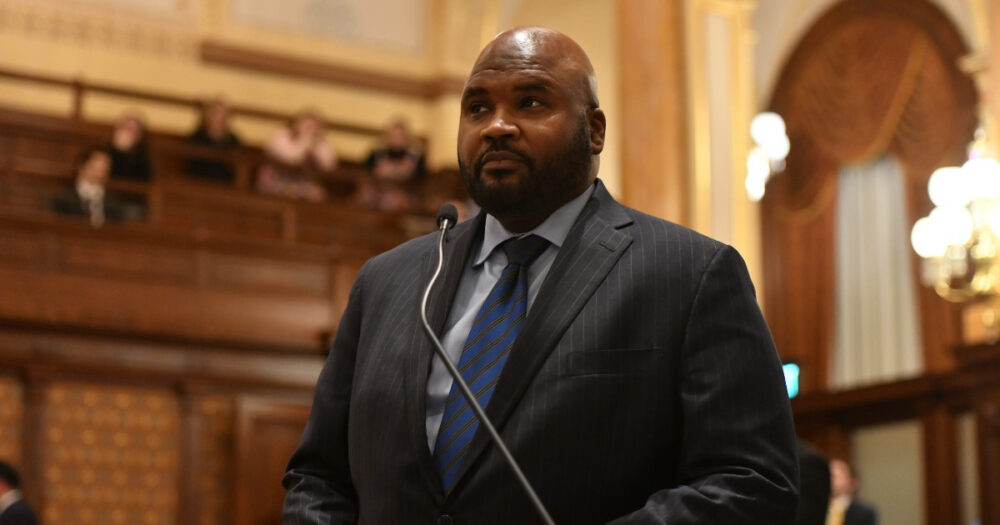Finances are different for everyone, and so are the life events we all go through. An emergency fund is your financial line of defense against life’s lemons. Although there are many financial rules of thumb, there is no “normal” way to handle your emergency fund.
The bottom line: saving money is the first line of defense to financial wellness, especially when the unexpected happens. While nobody can predict the future, everyone can prepare for it.
What is the reason for my emergency fund?
Your emergency fund is a safety net that can help you avoid getting into a difficult financial situation due to a loss of income or unexpected, one-time expenses. Having one in place can reduce stress, anxiety, and other emotions that could make handling the non-financial aspects of an emergency much more difficult.
It may seem a little obvious that an emergency fund is for emergencies. However, one of the challenging aspects of an emergency fund is knowing what expenses qualify as an emergency. This fund’s sole purpose is to prepare you for costs that you cannot or would not typically plan out. For example, oil changes and new tires are predictable vehicle expenses you should plan for in your regular savings. However, you wouldn’t typically plan for costs that you could incur on the off chance that you need to make emergency home repairs or pay for emergency medical expenses. You would cover these from your emergency fund.
How much do I need?
How much would a new furnace cost? If you could not work, how much would you need to cover essential expenses until you could? Asking yourself these kinds of questions will help you set a goal amount for your emergency fund.
The general rule of thumb is three to six months of essential expenses. However, you can always start with a goal you find achievable. Say, $1,000. Once you reach that goal, aim for three months of rent, then three months of essential expenses, and so on.
Tracking your spending can help you estimate monthly expenses. Completing this exercise can also help you figure out how much you can afford to save toward your emergency fund each month.
How do I save that much?
Start small: If you haven’t started, consider putting $25 from every paycheck into a savings account. Even a few dollars can make a big impact in the long run. Check your budget or spending plan to see how much you can save after you’ve paid essential expenses and before budgeting for discretionary spending.
Keep it separate: Open a separate savings account to help you resist the temptation to dip into it. Remember, this account is for emergencies, so keep it away from your daily spending accounts and separate it from vacation and holiday savings. This method will help you stay organized, visualize your progress, and provide peace of mind.
Automate your savings: One way to automate is via direct deposit. You may be able to instruct your employer to deposit a portion of your paycheck directly into your emergency savings account every pay period. Alternatively, you can set up an automatic transfer from your primary checking account to your emergency savings account on payday. Both methods save you from adding a manual transfer to your to-do list that may be overlooked if things get busy!
Will I ever need to change the amount?
As your life changes, the amount you need in your emergency fund will change as well. It’s a good idea to revisit your emergency fund plan every six months or any time you experience a life event that impacts your income. Marriage, starting or adding to your family, buying a home, and divorce are just a few examples of when you may need to increase your emergency fund. A good savings plan can roll with the punches right alongside you!
How do I prioritize emergency savings against debt and other goals?
Deciding whether you should pay down debt, save for other goals, or grow your emergency fund is all about the big picture. Everyone has different financials, so that picture will vary person-to-person. What will impact you the most financially? Paying down debt and saving money long term or having a plan B that allows you to keep making minimum payments if you lose income? There is no right or wrong answer.
Your emergency fund is there to help you expense the unexpected. So, make a plan and be ready for whatever comes your way!
Sponsored content from JPMorgan Chase & Co.







